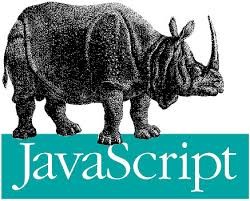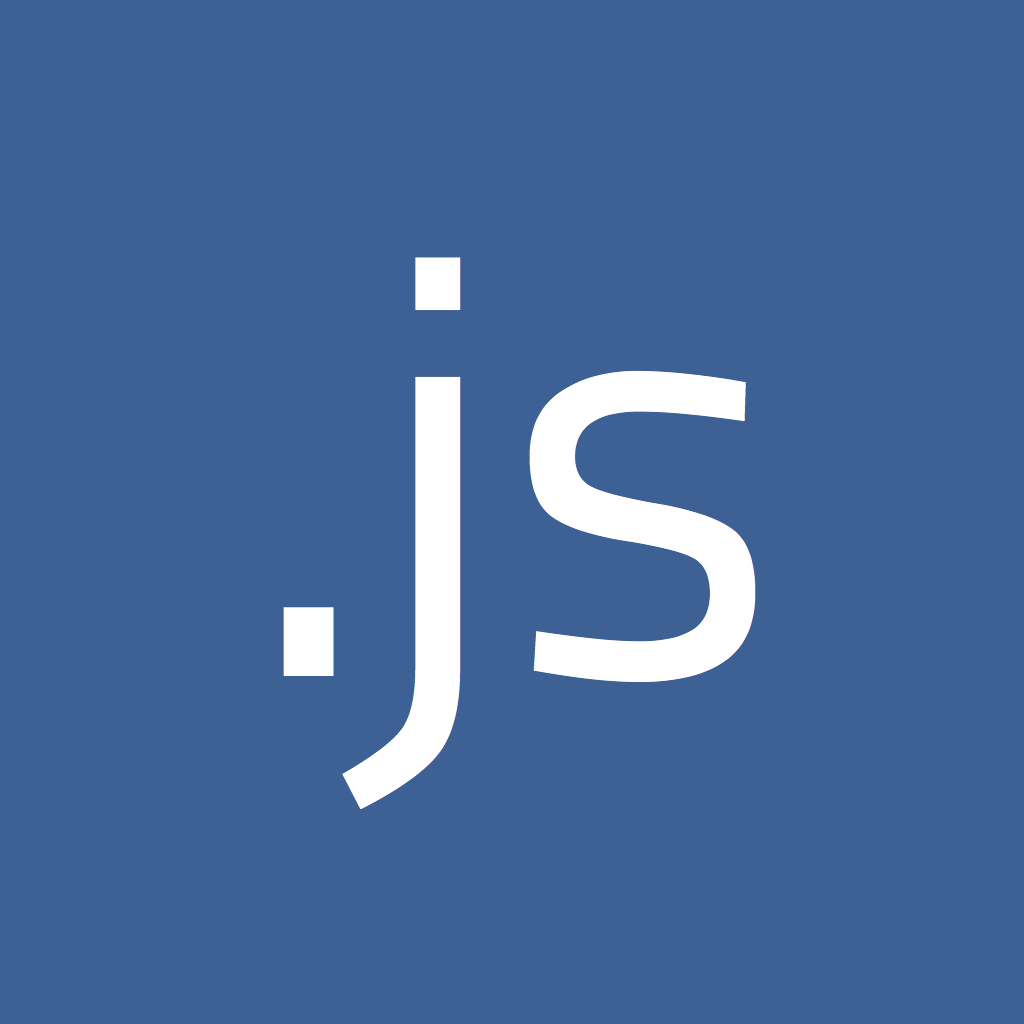Home >Backend Development >PHP Tutorial >10 recommended articles on cross-domain implementation
10 recommended articles on cross-domain implementation
- 巴扎黑Original
- 2017-06-10 11:33:051684browse
Let’s start with the domain: The domain is the security boundary of the WIN2K network system. We know that the most basic unit of a computer network is a "domain". This is not unique to WIN2K, but Active Directory can run through one or more domains. On an independent computer, a domain refers to the computer itself. A domain can be distributed in multiple physical locations. At the same time, a physical location can be divided into different network segments into different domains. Each domain has its own security policy and its relationship with Trust relationships with other domains. When multiple domains are connected through trust relationships, Active Directory can be shared by multiple trust domains: a domain tree consists of multiple domains that share the same table structure and configuration to form a continuous name space. Domains in a tree are connected through trust relationships, and Active Directory contains one or more domain trees. Domains in the domain tree are connected through bidirectional transitive trust relationships. Because these trust relationships are bidirectional and transitive, a newly created domain in a domain tree or forest can immediately establish a trust relationship with every other domain in the domain tree or forest. These trust relationships allow a single sign-on process to authenticate a user on all domains in the domain tree or forest, but this does not necessarily mean that the authenticated user is authenticated on all
1 of the domain tree. . How to use javascript to achieve cross-domain? Summarize several ways of cross-domain JavaScript

#Introduction: Domain: Domain is the security of WIN2K network system boundary. We know that the most basic unit of a computer network is a "domain". This is not unique to WIN2K, but Active Directory can run through one or more domains. On an independent computer, a domain refers to the computer itself. A domain can be distributed in multiple physical locations. At the same time, a physical location can be divided into different network segments into different domains. Each domain has its own security policy and its relationship with Trust relationships with other domains. When multiple domains are connected through trust relationships, Active Directory can be shared by multiple trust domains
2. Detailed explanation of how Vue-cli implements cross-domain requests

Introduction: This article mainly introduces in detail how to make cross-domain requests for projects created by Vue-cli. The editor feels that It’s pretty good. Now I share it with you and give it as a reference. Let’s follow the editor to take a look
3. Detailed introduction on how to use postMessage in HTML5 to implement POST cross-domain issues in Ajax

Introduction: HTML5 provides the function of receiving and sending information between web documents. Using this function, as long as the instance of the window object where the web page is located is obtained, not only web web pages of the same origin (domain + port number) can communicate with each other, but even cross-domain communication can be achieved. Browser support: IE8+, firefox4+, chrome8+ opera10+ 1. First of all, if you want to receive messages from other windows, you must monitor the message event of the window object, as shown in the following code: window.addEventListener(“messag..
4. html5 cross-domain communication postMessage

##5.
PHP+AJAX implementation of cross-domain approach  ##Introduction: This article introduces how PHP+AJAX implements cross-domain data
##Introduction: This article introduces how PHP+AJAX implements cross-domain data
6. jquery+thinkphp implements cross-domain data crawling
Introduction: This article mainly introduces the method of jquery+thinkphp to achieve cross-domain data capture, and analyzes the related operation skills of thinkPHP combined with jQuery's ajax to achieve cross-domain data capture in the form of examples. Friends in need You can refer to
7. AJax and Jsonp cross-domain access issues summary

Introduction: This article gives you a summary of JavaScript's AJax, JQuery's AJax and the use of jsonp to achieve cross-domain access. It is very detailed and comprehensive. Friends in need can refer to it.
8. jquery ajax combined with thinkphp’s getjson to achieve cross-domain method

Introduction: This article mainly introduces the method of jquery ajax combined with thinkphp's getjson to achieve cross-domain. It also compares and analyzes the specific operation skills of jQuery ajax to achieve cross-domain in the form of examples. It has certain reference value. Friends in need can refer to

##Introduction: This article introduces the use of jsonp to obtain cross-domain data.
10. jquery ajax combined with thinkphp’s getjson to achieve cross-domain method

Introduction: This article mainly introduces the method of jquery ajax combined with thinkphp's getjson to achieve cross-domain. It also compares and analyzes the specific operation skills of jQuery ajax to achieve cross-domain in the form of examples. It has certain reference value. Friends in need can refer to
[Related Q&A recommendations]:
angular.js - How to implement cross-domain angularjs get, post, and jsonp ask? The problem of incorrect request data
javascript - How to implement cross-domain post request using ajax in the form?
python - How to implement cross-domain single sign-on?
java - springMVC How to implement cross-domain requests?
How to use java to implement cross-domain cookies?
The above is the detailed content of 10 recommended articles on cross-domain implementation. For more information, please follow other related articles on the PHP Chinese website!

